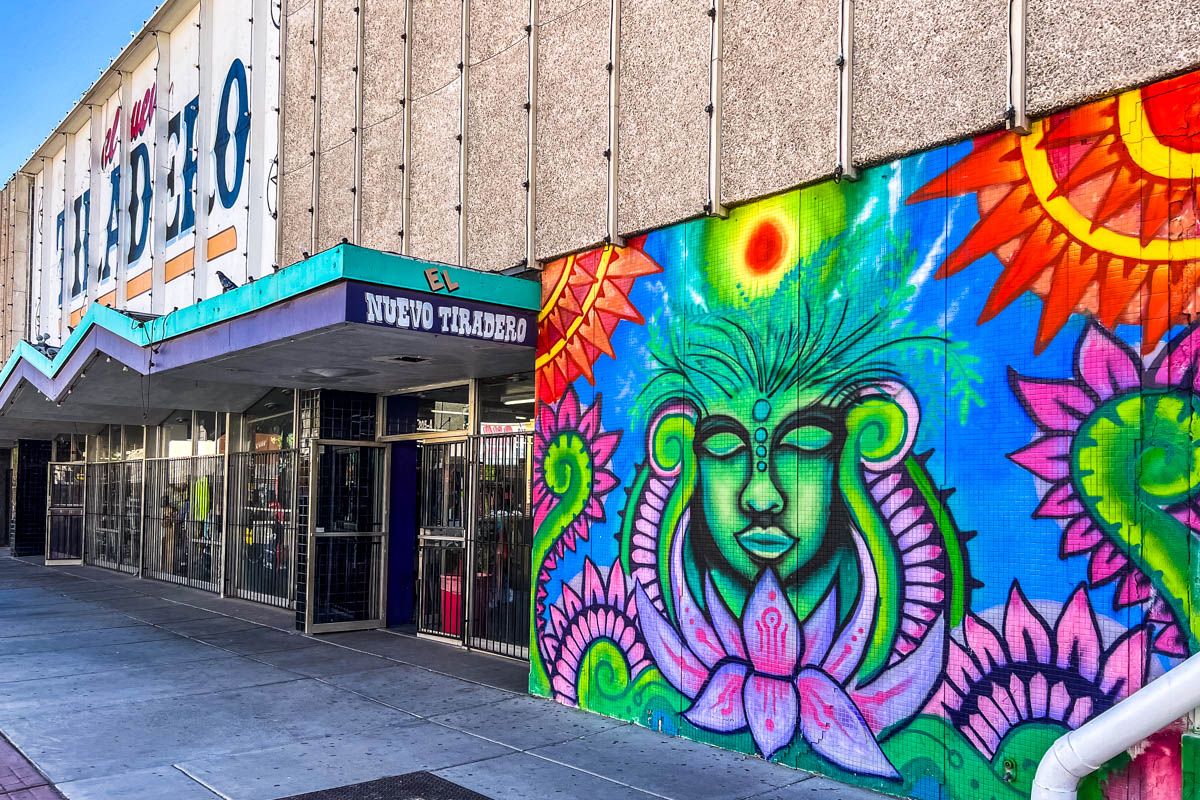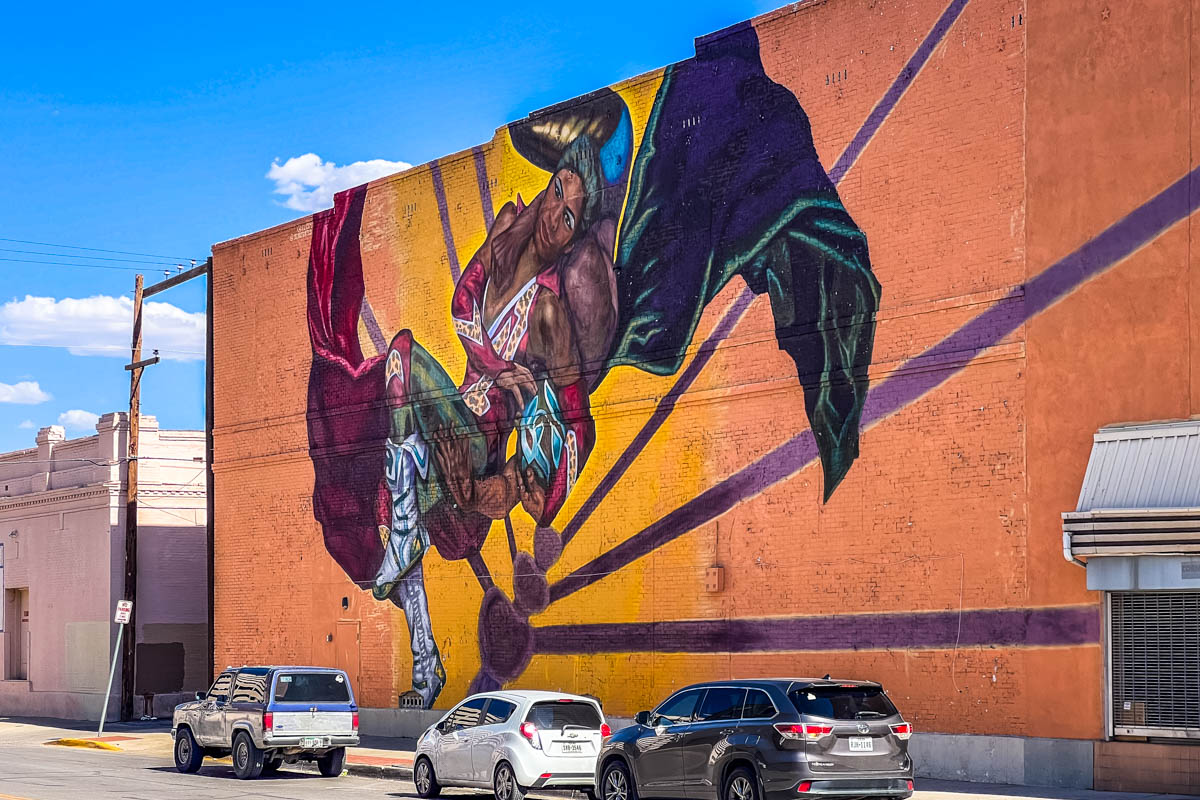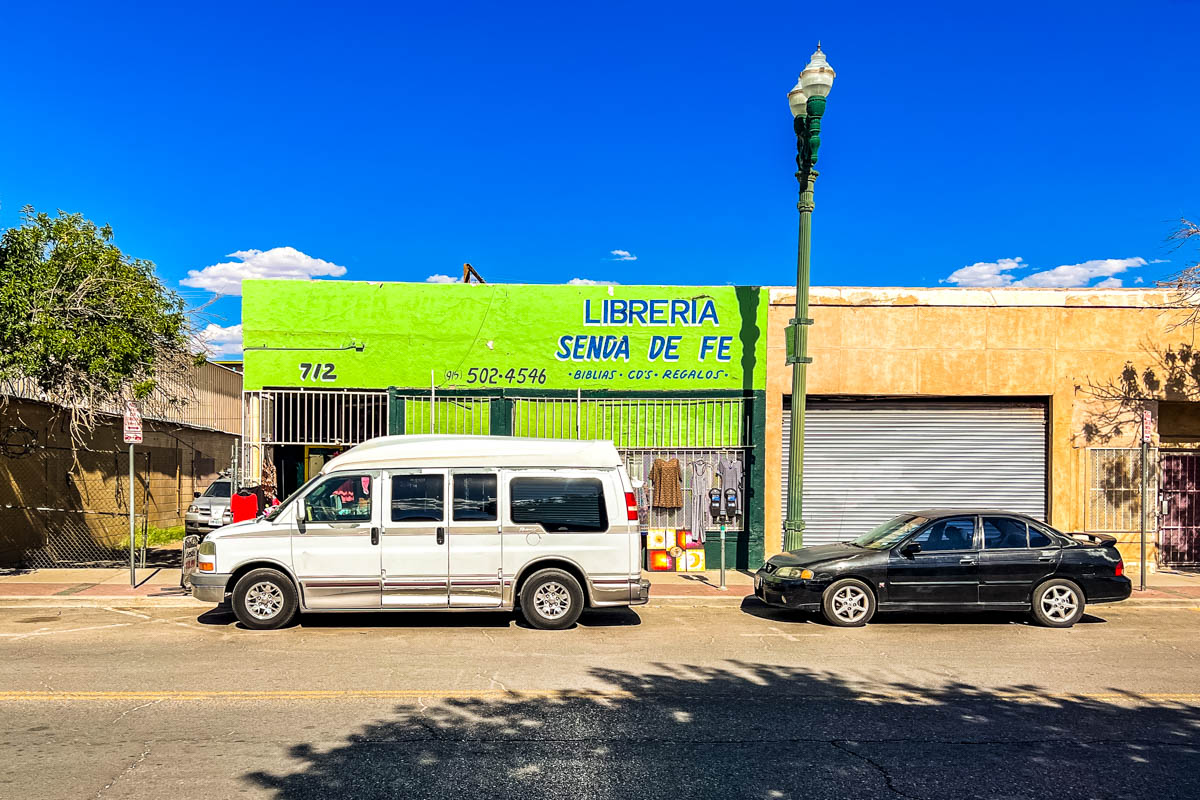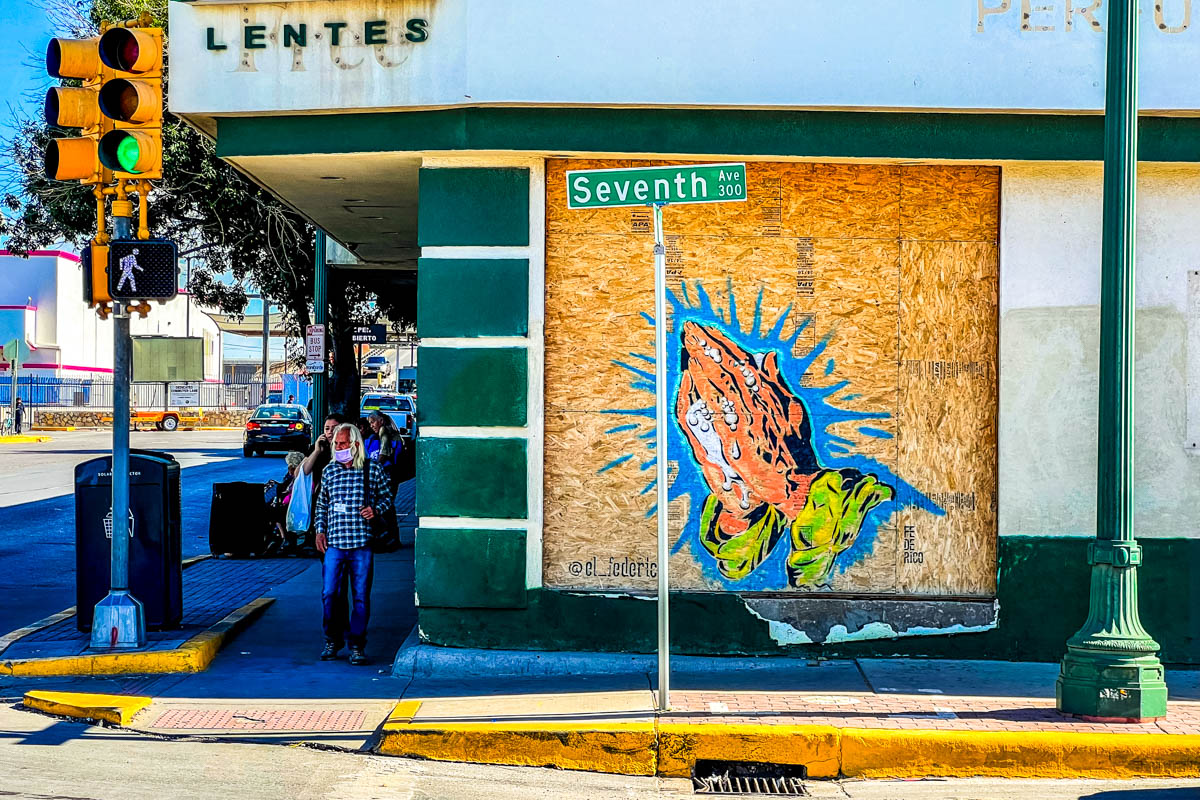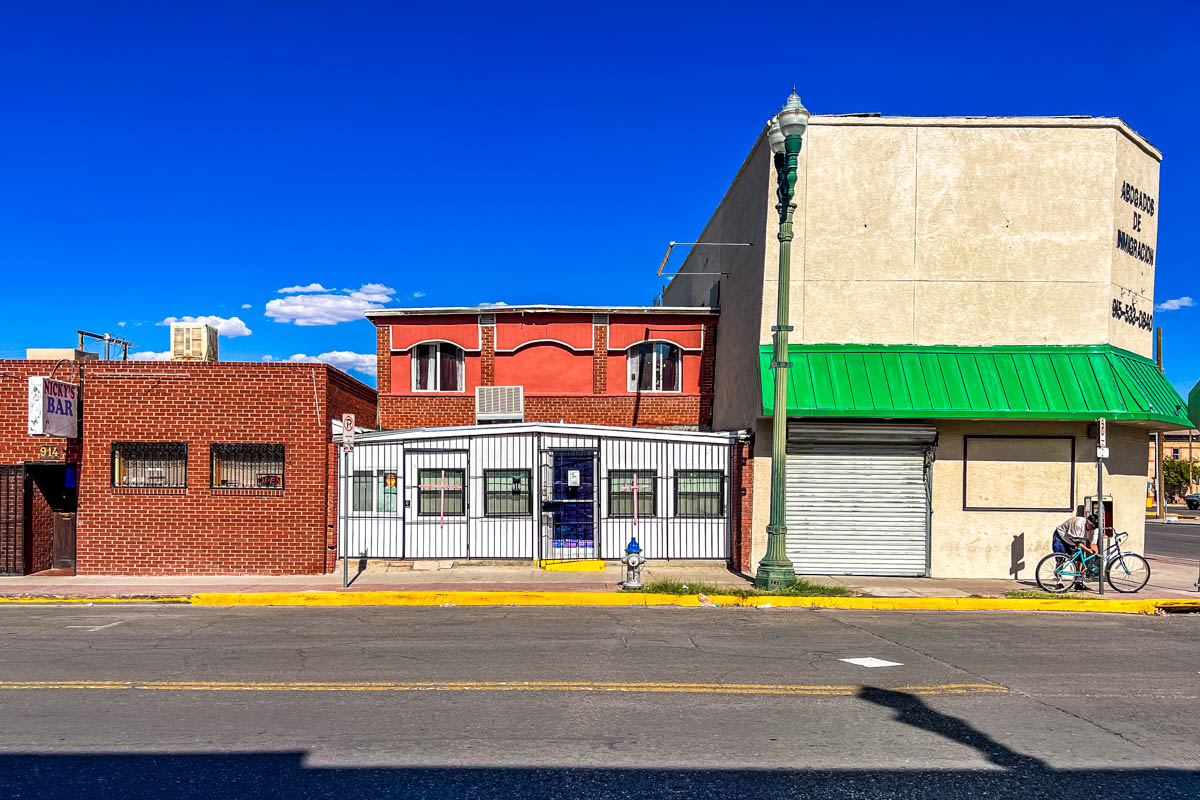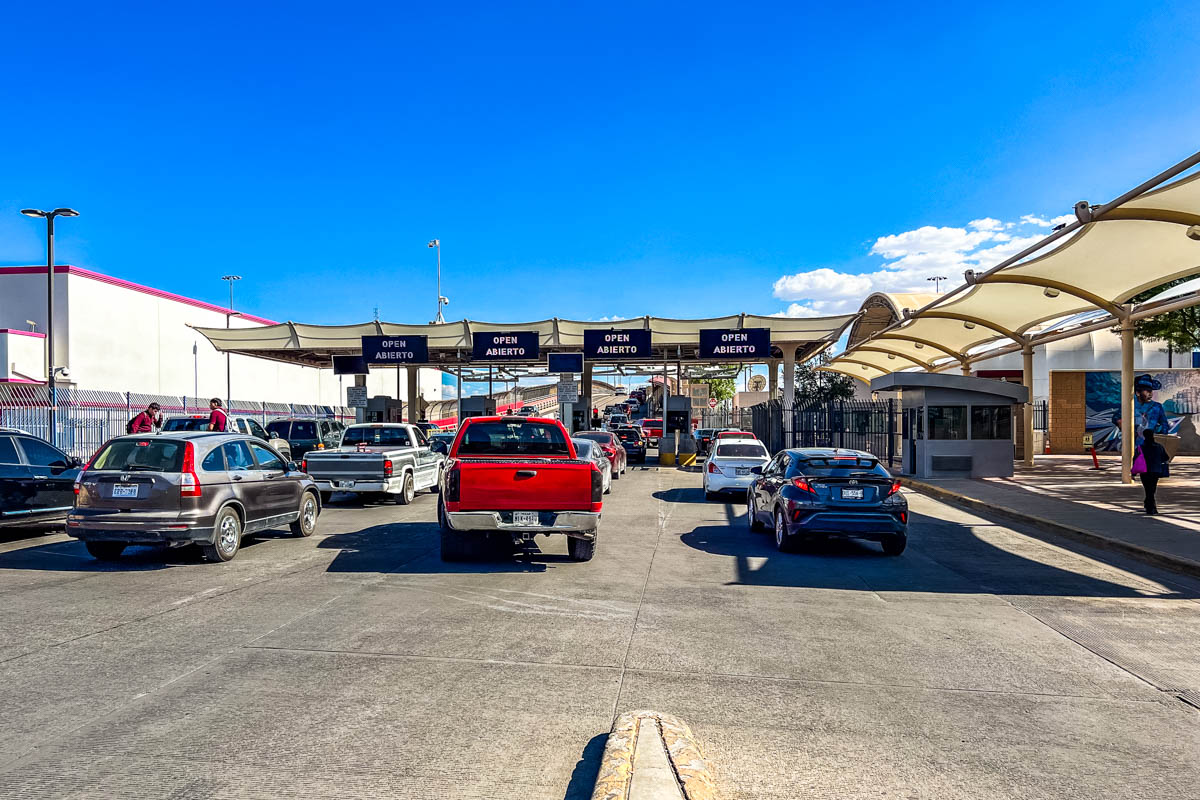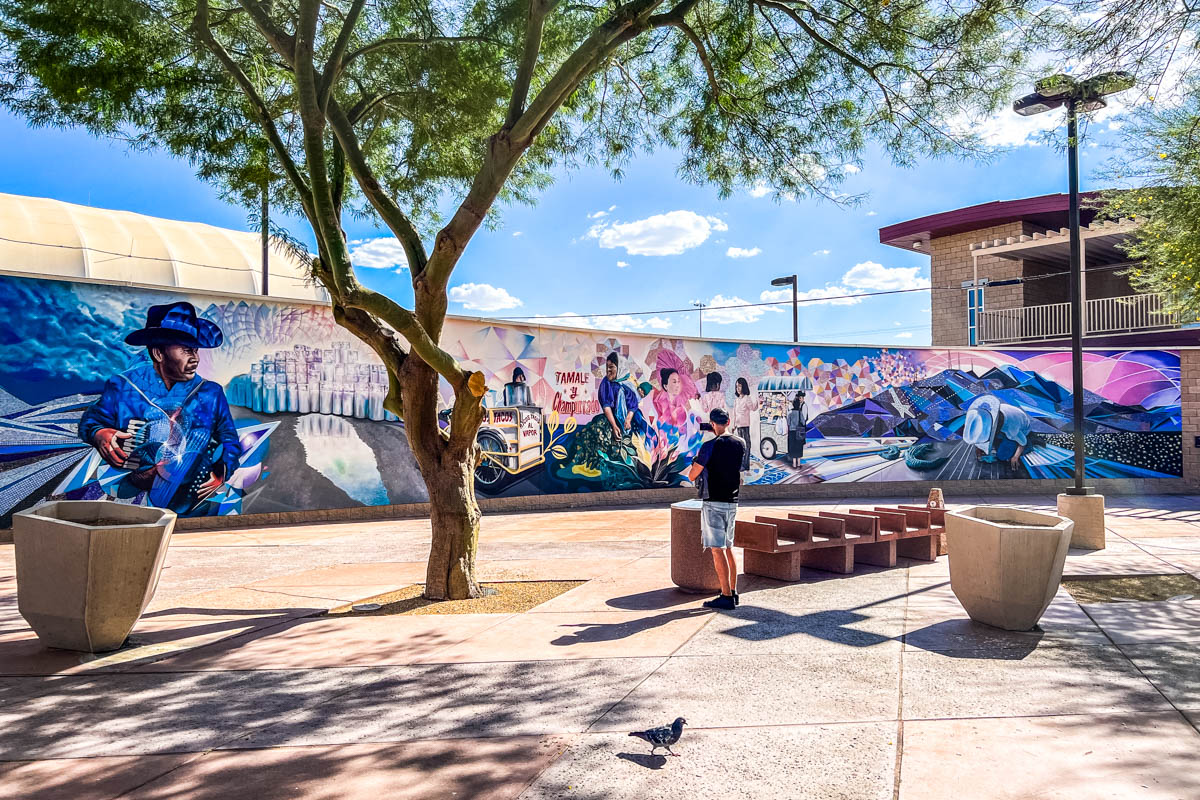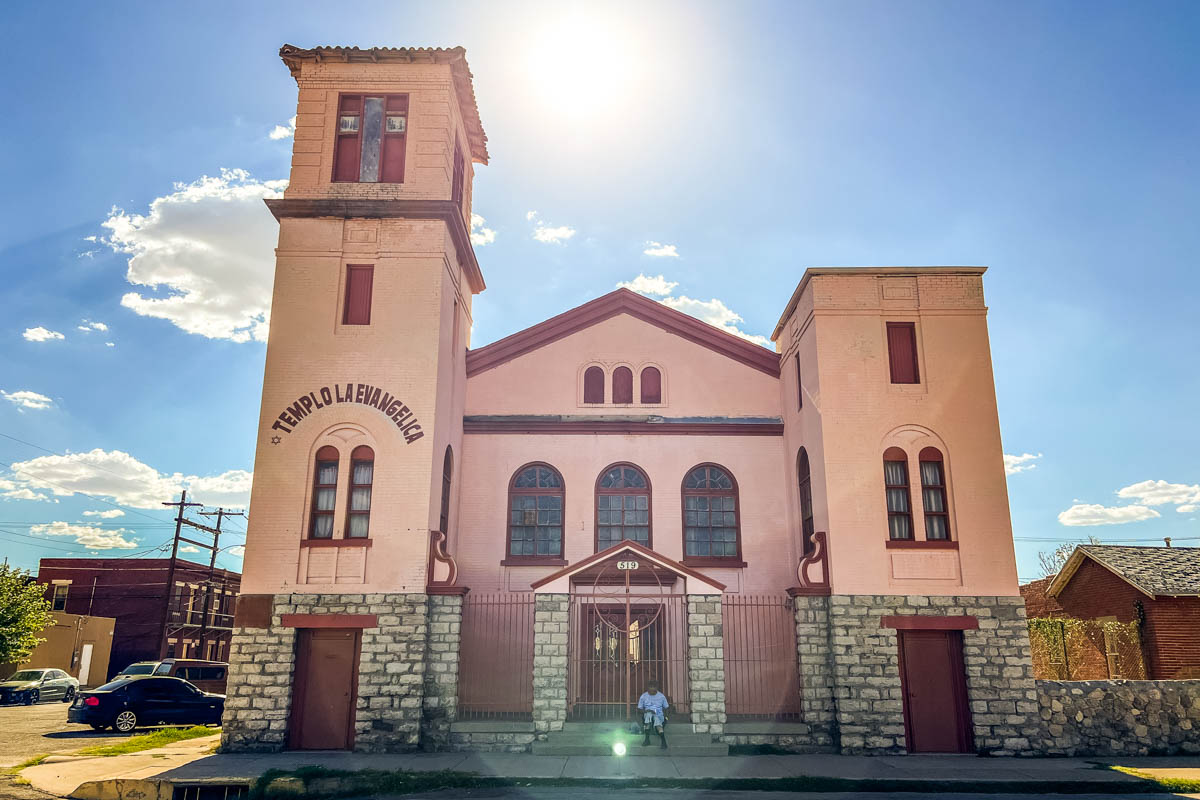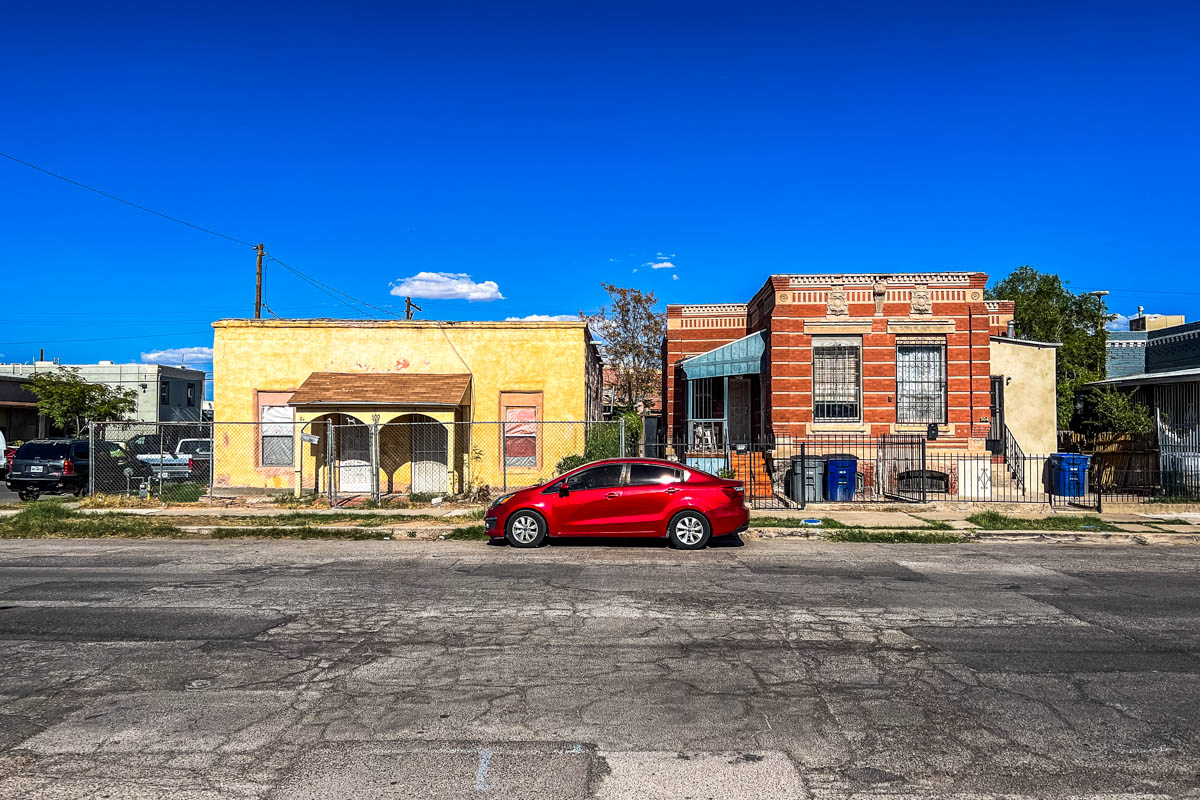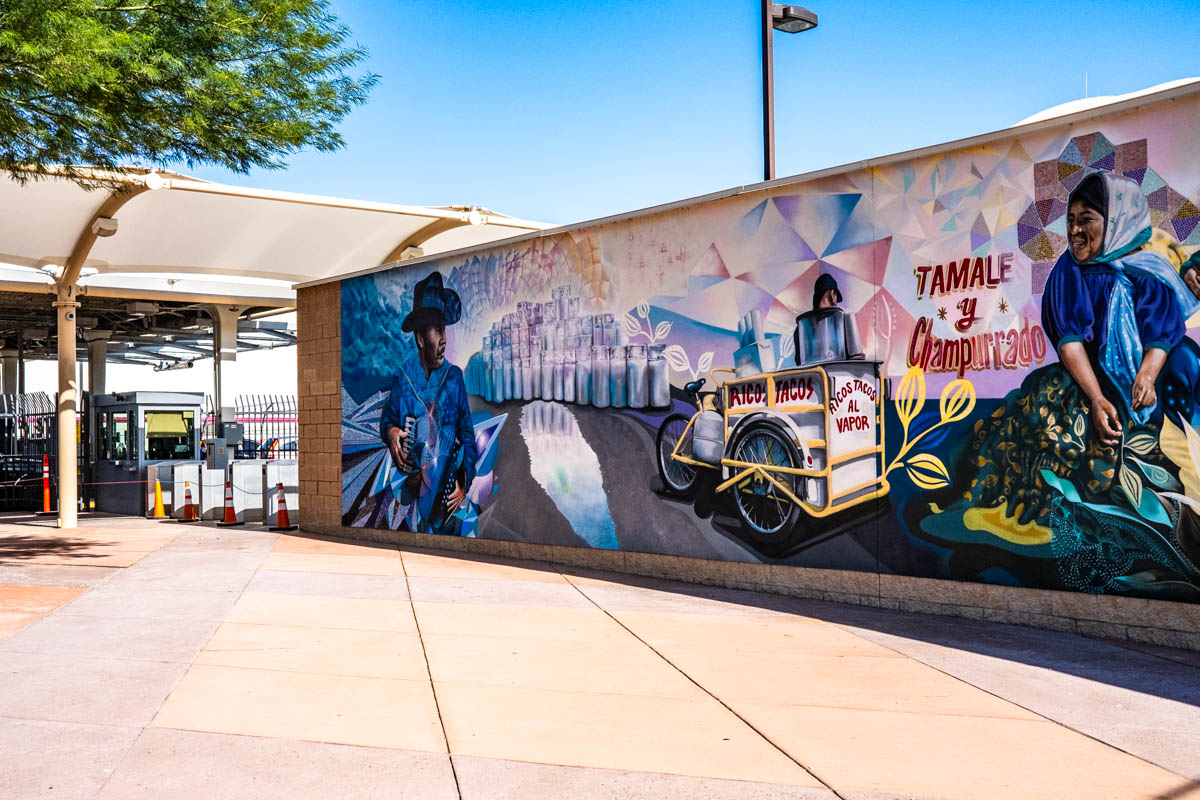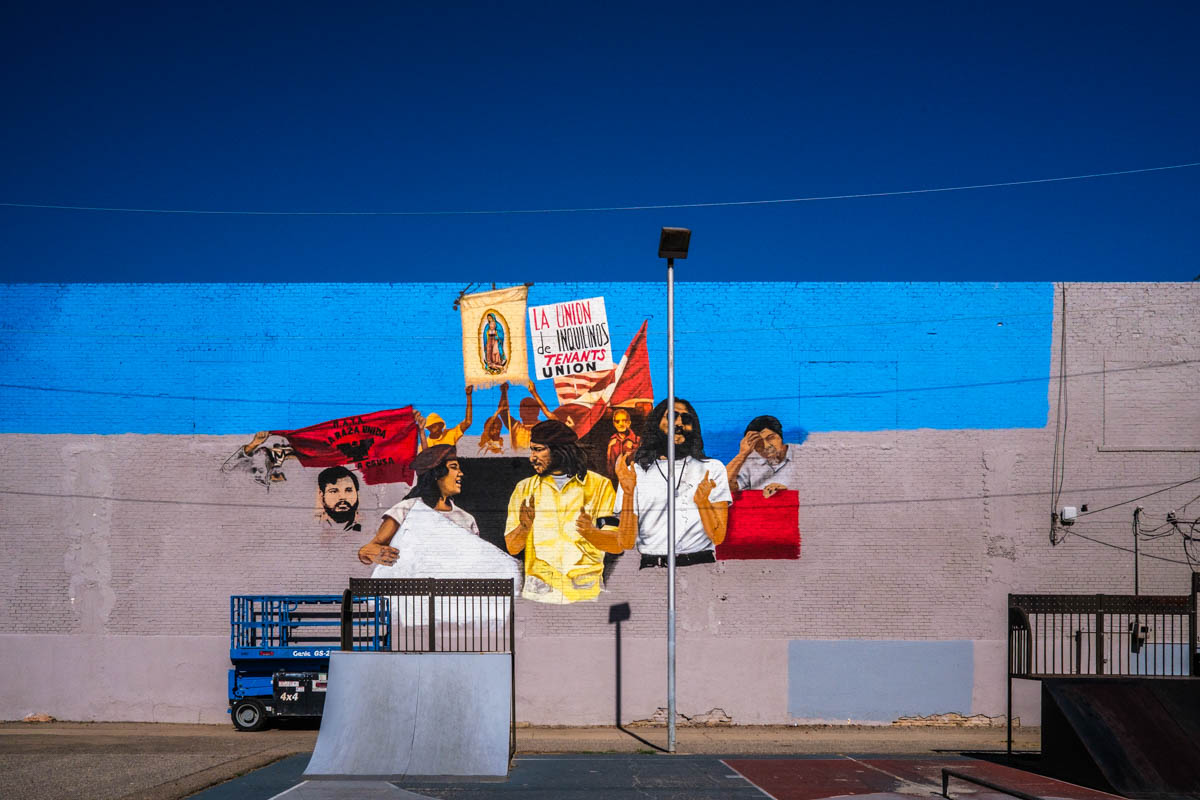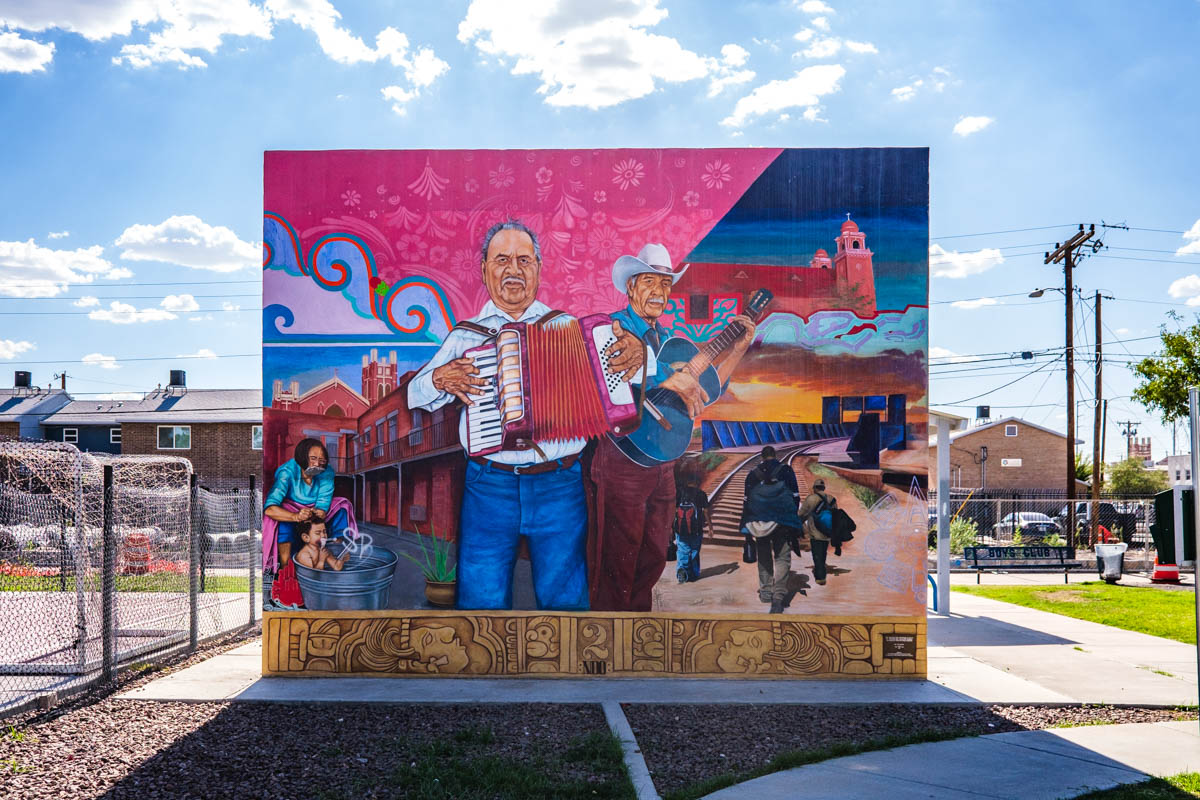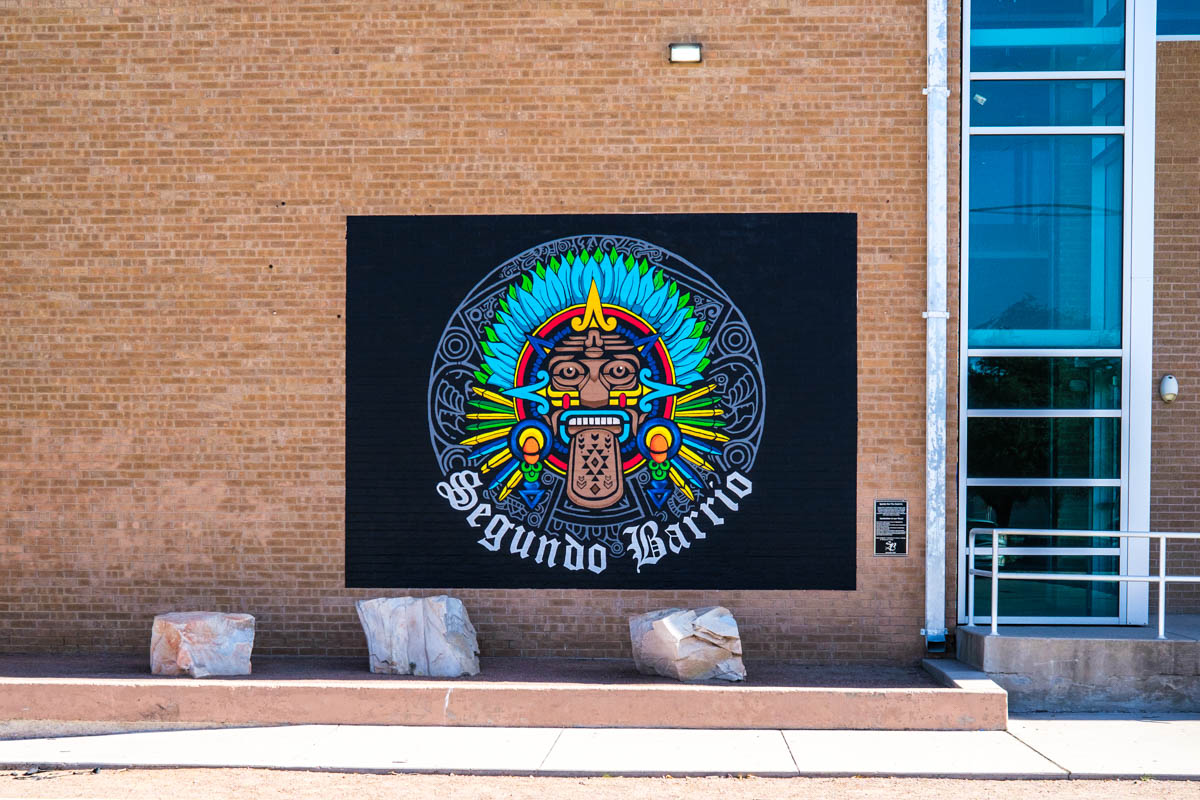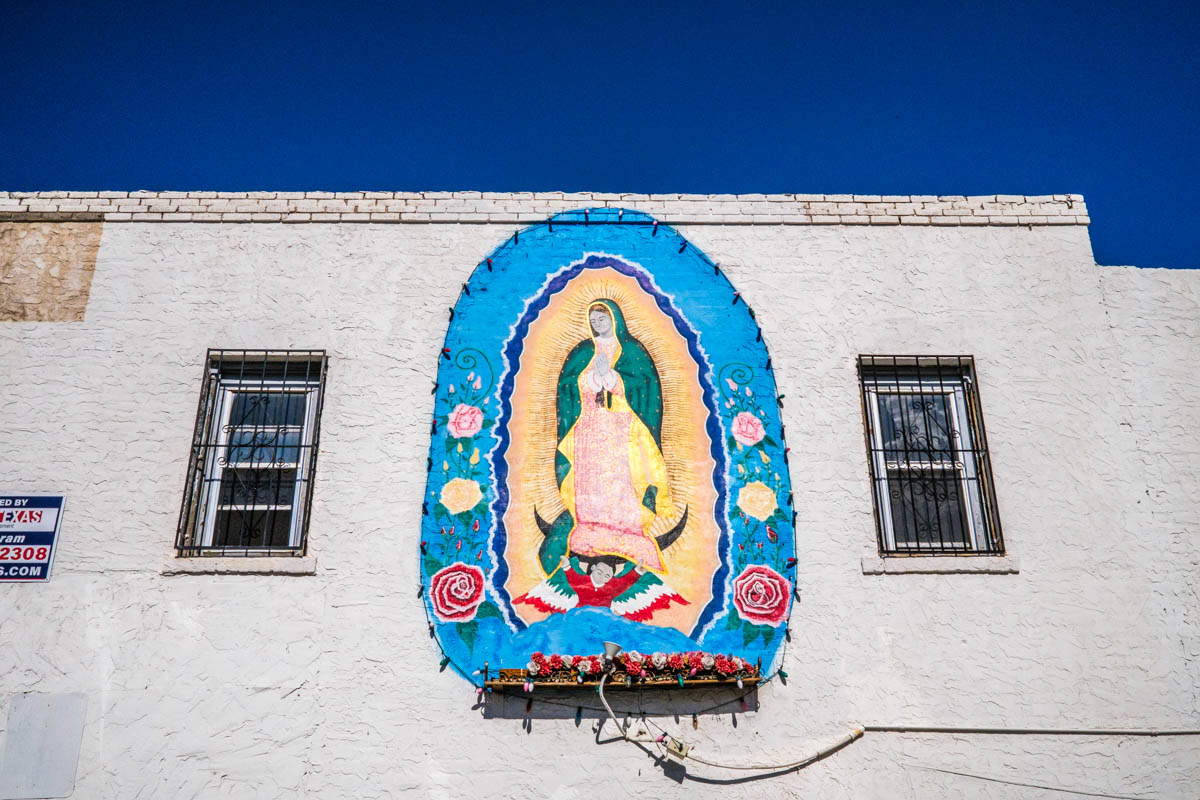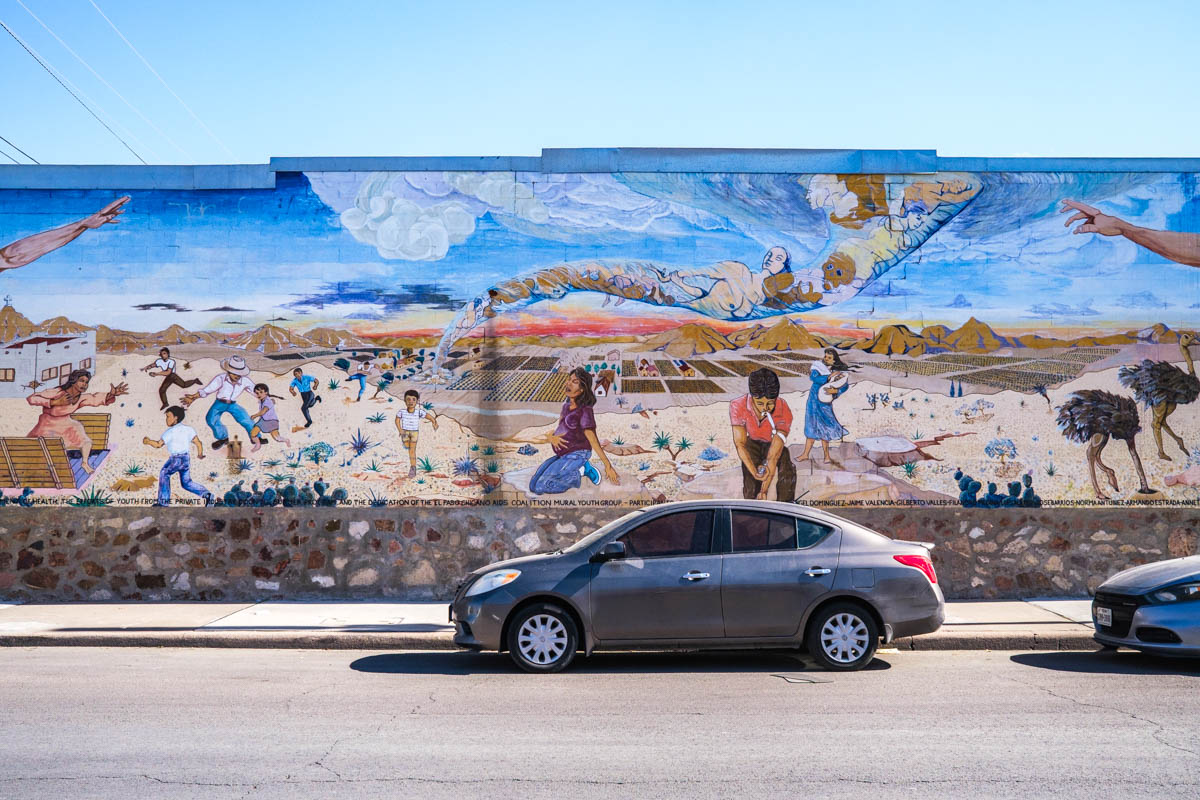EL PASO | I’ve crossed many a land border in my time, but perhaps none so artificial and arbitrary, created by war and politics rather than people and community (I suppose that’s the case for all borders). I wasn’t quite sure what I’d find In El Paso, but I knew that I wanted to visit.
El Paso–Juárez is a transborder agglomeration. That is, two cities in two countries that are, in basic terms, one city. Indeed, until 1850, both cities were one and the same, the Mexican city of El Paso del Norte.
It should come as no surprise that El Paso is a very Hispanic city. 83% of its residents identify as Hispanic or Latino. The culture, people, and economy of both El Paso and Ciudad Juárez are very intertwined. While walking through the border neighbourhoods of El Centro (downtown) and El Segundo Barrio, there’s a constant stream of people crossing the border in both directions.
The part of El Centro that starts about a 10 minute walk from the border is lively, fascinating area to walk through. It’s a world away from the “skyscraper” part of of the neighbourhood, just a few blocks north. One moment you feel like you’re in a typical US downtown, the next it feels like you’re in Mexico.
Walk east and you’ll find yourself in El Segundo Barrio, one of the oldest neighbourhoods in the El Paso. This was once the main port of entry into the United States from Mexico, home to mostly farmers and factory workers who had nowhere else to go once crossing the border. El Segundo Barrio was for a long time one of the poorest, most neglected neighbourhoods in the US. Paved streets and street lighting weren’t even installed until the 1960s.
Walk through, still working-class El Segundo Barrio, and you’ll find a mixed industrial and residential neighbourhood that’s filled with amazing Chicano murals. Beautiful murals pained by locals, through which they share their lives, dreams, concerns, and stories.


